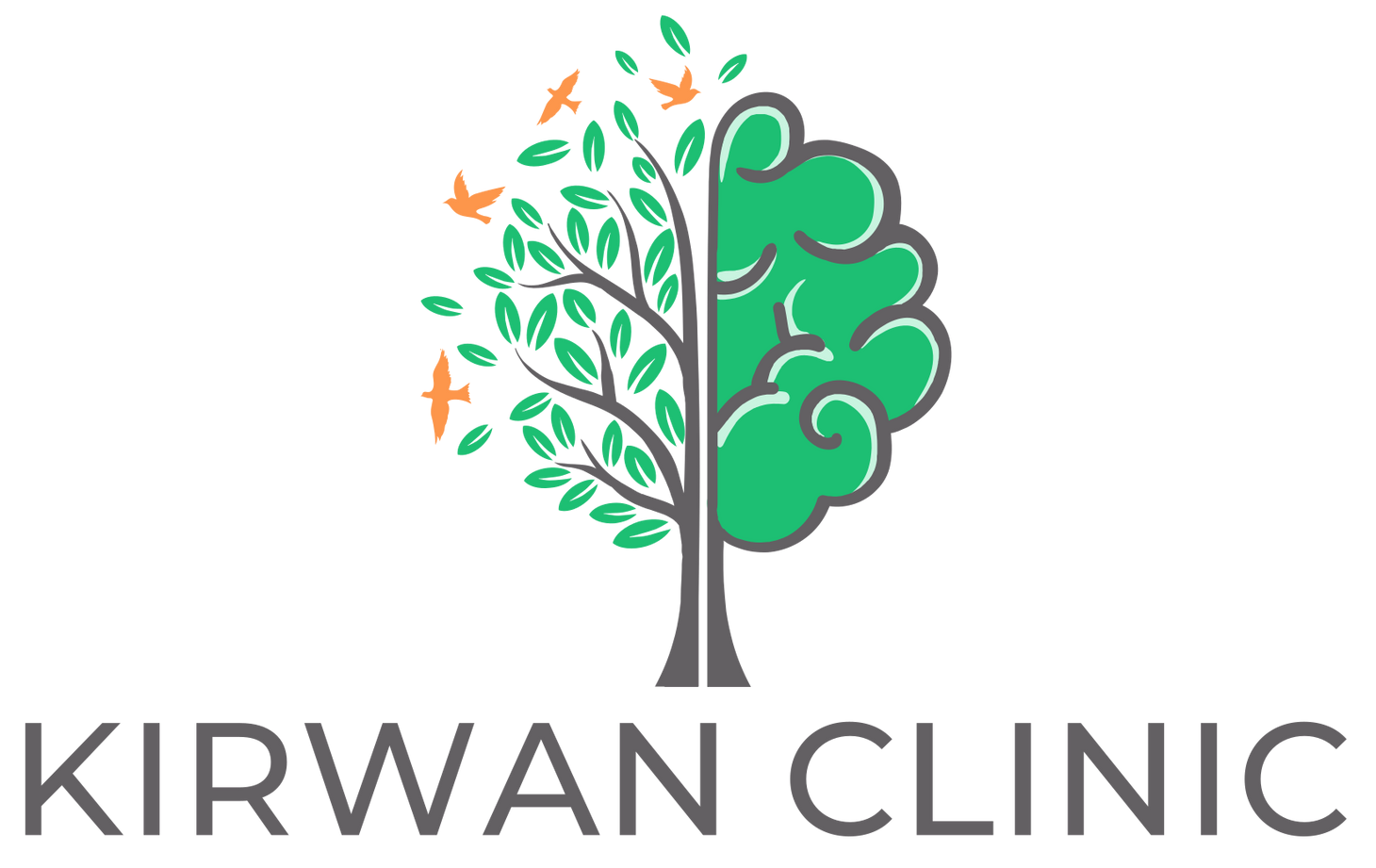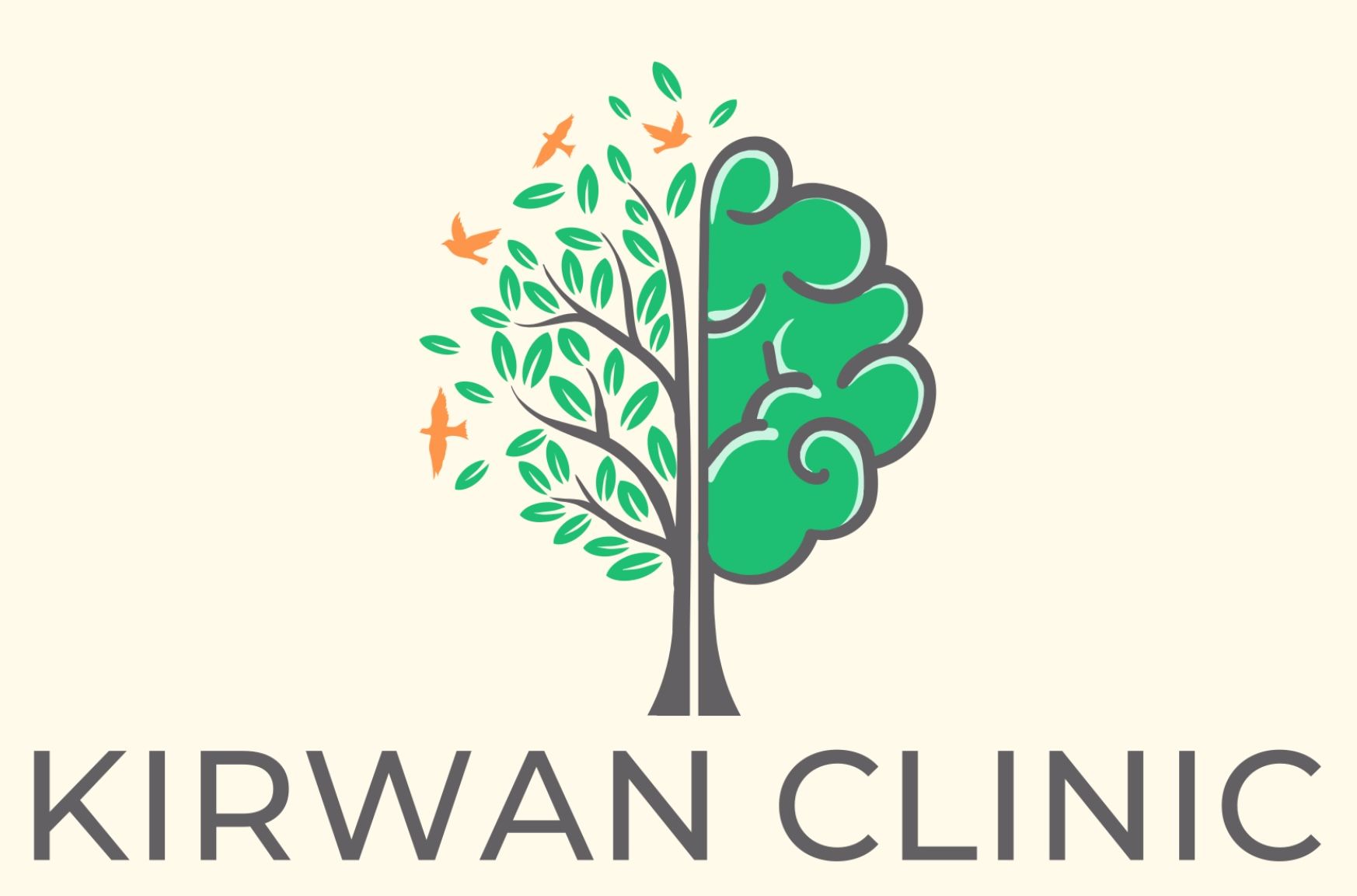Behavioural Activation
What is Behavioural Activation?
Behavioural Activation (BA) is a structured, evidence-based psychological therapy that helps individuals overcome depression and low mood by increasing engagement in meaningful and rewarding activities. It is based on the principle that positive behaviours can improve mood and counteract patterns of avoidance, withdrawal, and inactivity that contribute to depression.
Who is Suitable for Behavioural Activation?
BA is particularly beneficial for individuals experiencing:
- Depression & Low Mood: It is widely used for treating Major Depressive Disorder (MDD) and persistent low mood.
- Anxiety Disorders: Some aspects of BA can be helpful for people with anxiety who struggle with avoidance behaviours.
- Chronic Stress or Burnout: Encourages activity planning to regain control and balance.
- Individuals Who Struggle with Motivation: Helps those who experience difficulty engaging in daily tasks due to emotional distress.
- People With Sleep Difficulties: Engaging in plenty of exercise and stimulating activity outside the house can assist sleepiness at night.
Benefits of Behavioural Activation?
- Reduces Depressive Symptoms: Helps break the cycle of inactivity and negative emotions.
- Increases Engagement in Meaningful Activities: Encourages participation in enjoyable and fulfilling tasks.
- Improves Mood and Emotional Well-being: Enhances motivation and positive reinforcement.
- Develops Healthy Routines: Encourages consistent structure in daily life.
- Increases Community Integration and Connectedness: Helps individuals feel part of their community and form social connections.
- Complements Other Therapies: Can be used alongside Cognitive Behavioral Therapy (CBT) or medication for better results.
Types of Behavioural Activation
- Activity Monitoring: Identifying patterns of inactivity and their impact on mood.
- Activity Scheduling: Planning and increasing engagement in meaningful activities.
- Graded Task Assignment: Breaking down tasks into manageable steps.
- Pleasurable Activity Scheduling: Encouraging participation in enjoyable activities.
- Social Reinforcement: Strengthening social interactions to improve mood.
- Functional Analysis: Identifying behaviours contributing to low mood and replacing them with positive alternatives.
- Values-Based Activation: Aligning activities with personal values and long-term goals.
Therapies to Use Alongside Behavioural Activation
While Behavioural Activation is effective, additional approaches include:
- Cognitive Behavioral Therapy (CBT) and Acceptance and Commitment Therapy (ACT): Focuses on changing negative thought patterns, problem solving, and engaging in meaningful activities.
- Mindfulness-Based Cognitive Therapy (MBCT): Incorporates meditation and awareness techniques.
- Self Compassion: Combats perfectionism, comparison with others, and negative self-talk by acknowledging that flaws and mistakes are an inevitable and universal consequence of being a human being.
- Pharmacotherapy: Antidepressant medications, such as SSRIs or SNRIs.
- Social Support and Peer Counseling: Engaging in group therapy or support networks.
Preparation Before Behavioural Activation
Preparing for Behavioural Activation involves:
- Self-Assessment: Identifying current activity levels, mood patterns, and avoidance behaviours.
- Setting Goals: Determining specific, meaningful, and realistic goals for treatment.
- Understanding the Process: Learning about BA principles and expectations.
- Journaling or Activity Tracking: Noting daily activities and their impact on mood.
- Seeking Professional Guidance: A therapist or counsellor can provide personalised recommendations.
- Building a Support System: Engaging family or friends for encouragement and accountability.
Behavioural Activation Outlook
- Short-Term Outlook: Many individuals notice improvements in mood and motivation within a few weeks.
- Initial Discomfort: Pushing through avoidance behaviours may cause temporary distress.
- Frustration or Resistance: Some individuals may struggle with motivation or experience setbacks.
- Over-Scheduling Risks: Doing too many activities at once can lead to burnout.
- Long-Term Effectiveness: BA can provide lasting benefits when integrated into daily life.
- Relapse Prevention: Continued engagement in meaningful activities helps maintain positive changes.
- Works Well with Other Treatments: Combining BA with therapy, medication, or lifestyle changes enhances outcomes.
Overall, Behavioural Activation can be an effective treatment for a variety of mental health conditions such as depression, burnout, and anxiety; and it often works well as part of a broader mental health intervention.


